Ever noticed your car's engine running hot or that pesky puddle under the front of your ride? These might be early warning signs that your radiator's trying to tell you something. Ignoring these cues isn't exactly the best idea unless you're a fan of impromptu roadside adventures.
Now, let's talk numbers—car radiator replacement isn't always a spare-change kinda deal. On average, you might shell out anywhere from $300 to $900. Yeah, that's quite a range, right? The cost mainly hinges on the car model, the radiator's type (aluminum, plastic, or copper/brass), and, of course, labor fees if you're leaving it to the pros.
But before you get caught up in cost fears, there's more to dig into. Knowing the why and how behind these expenses could save you a headache—or even some cash. Plus, weighing the classic DIY adventure against professional help is a decision you'll want to consider. We'll dive into these and more as we navigate the world of radiator replacements, so buckle up!
- Signs You Need a New Radiator
- Factors Affecting Replacement Costs
- DIY vs. Professional Replacement
- Money-Saving Tips
- Why Timely Replacement Matters
Signs You Need a New Radiator
So, how do you know when it's time to part ways with your current radiator? These signs aren't subtle, so keep an eye out. Your car can show several symptoms that scream 'help' for the car radiator.
First off, if your engine's running hot or the temperature gauge is always in the red, your radiator might not be doing its cooling job. Check the temperature gauge often, especially if you've been on a long drive.
Another dead giveaway? Leaks. If you consistently see puddles or drips where you park, your radiator might be the culprit. This fluid is usually a neon green, pink, or orange, making it hard to miss.
Don't forget to watch out for discolored or rusty coolant. Pop that hood and take a look at the coolant. If it's looking more like sludge than liquid, you might have corrosion happening inside, which is never good.
Noises can also be a hint. If you're hearing hissing or strange clunking sounds from the engine area, the radiator might be struggling with internal blockage or pressure build-up.
Radiator replacement isn't just about when things look bad; sometimes, it's what you feel. A radiator failing on a hot day? Not only annoying but potentially dangerous for the engine.
In some cases, older vehicles might simply need a radiator upgrade to maintain efficiency. There's no one-size-fits-all here, but when you spot these signs, it's better to err on caution's side. Addressing these early can save you from bigger bills and bigger headaches down the road.
Factors Affecting Replacement Costs
So, you're curious why there's such a big range in replacing a car radiator, huh? Well, a few things play into these costs. First up, the make and model of your car have a huge say in this. If you've got a snazzy high-performance car, expect to fork over more cash. Those parts and labor don't come cheap!
Another biggie is the type of radiator your ride uses. More modern cars often come with aluminum radiators, which are lightweight and good at keeping things cool. But, if you've got a car with a bit more age under its belt, it might have a copper/brass radiator. Those can be more costly to replace.
Then there's the whole OEM vs. aftermarket thing. Original Equipment Manufacturer (OEM) parts are typically pricier, but they fit like a glove since they’re designed for your specific car model. Aftermarket options might be cheaper, but they can sometimes be a bit tricky. You’re weighing cost against exact fit and durability.
Don't forget labor fees. Getting a pro to swap out your radiator means paying for their time, expertise, and probably some cool tools you've never heard of. Labor costs will vary depending on where you live; city garages usually have steeper hourly rates than those in smaller towns.
Lastly, let's talk warranties. Sometimes, spending a bit more upfront on a radiator replacement can save big bucks later. Warranties give peace of mind, and some replacements come with them, which might mean spending more initially but less in the long run if anything goes sideways.

DIY vs. Professional Replacement
When your car radiator goes kaput, you've got a big choice to make. Do you roll up your sleeves and tackle the job yourself, or do you call in the pros? Each option has its ups and downs, and figuring out the best path depends on a few key factors.
DIYing the car radiator replacement is tempting if you love tinkering under the hood and enjoy learning. It all starts with getting the right tools and a solid guide—think wrenches, a good jack, and some how-to videos on YouTube. Not only can you save a significant chunk of change on labor costs, but there’s a certain satisfaction in finishing the job yourself. However, it's not all smooth rides. If you're not very experienced, you might end up missing crucial steps or damaging some parts, which could lead to bigger bills down the road.
On the flip side, hiring a professional ensures the job is done right the first time. Mechanics bring skills and experience to the table that can make a complicated task look like a cakewalk. They also get access to specialized tools and can offer a warranty on their work, giving you peace of mind. But, of course, all of this comes at a price, and labor can sometimes be the costliest part of the replacement.
Here's a quick comparison to help expand your perspective:
| Factor | DIY | Professional |
|---|---|---|
| Cost | Lower (tools needed) | Higher (includes labor) |
| Skill Level | Intermediate to Expert | No skills needed by you |
| Time | More time spent | Less time spent |
| Quality Assurance | Variable | Usually guaranteed |
If you decide on the DIY route and your car's a common model with plenty of online tutorials, you might find it easier than expected. But, if confident enough, or if your schedule is tight or your ride is a complex, high-end model, letting a professional handle your car radiator replacement might just be the savvy choice. Weigh these factors carefully, and consider your abilities and your car’s needs. Making the right choice can help your wallet and your wheels.
Money-Saving Tips
If you're like me, you'd rather keep some bucks in your pocket than see them disappear in a puff of smoke. Lucky for us, replacing a car radiator doesn't have to drain your wallet if you play your cards right.
First off, shop around. The price of a radiator can vary dramatically depending on where you look. Make sure to check online retailers and local auto parts stores to find the best deals. You'd be surprised how much you can save by not buying from the first place you check.
Another tip? Consider buying a high-quality used radiator. Many reliable shops offer refurbished radiators that are just as good as new. Just ensure it comes with a decent warranty. As Henry Ford once said,
"Quality means doing it right when no one is looking."
If you're handy with tools or willing to learn, going the DIY route could be an option. Replacing a radiator isn't brain surgery, and there are loads of step-by-step videos out there. Just ensure you have the right tools and take precautions like waiting for the engine to cool down.
- Always check for local promotions or coupons. Many shops offer discounts, especially during the off-peak months.
- Switching from an expensive brand to a more budget-friendly alternative doesn't mean sacrificing quality. Non-OEM parts can be just as reliable.
Finally, don't skimp on the coolant. Buying a high-quality coolant can seem pricey at first but remember, it protects your entire system, avoiding future headaches and costs.
You might also want to keep track of average lifespan and price ranges of radiator replacement. The typical lifespan of a car radiator is around 8 to 10 years, and keeping a regular maintenance schedule can stretch those years further.
| Type of Radiator | Average Cost ($) | Expected Lifespan (Years) |
|---|---|---|
| Aluminum | 200 - 350 | 8 - 12 |
| Plastic | 100 - 250 | 5 - 10 |
| Copper/Brass | 300 - 600 | 10 - 15 |
So, get smart with your spending and make those dollars work for you. It's all about finding that balance between cost and quality, keeping your ride smooth and your wallet, well, not painfully empty.

Why Timely Replacement Matters
So, you’re wondering why not just wait it out with that busted car radiator? Well, here’s the scoop: dragging your feet on replacing a leaky or defective radiator is pretty much asking for trouble. It's like ignoring a ticking time bomb under your hood.
First off, a faulty radiator can lead to engine overheating. That's no minor issue—it can cause severe damage to vital engine components. Imagine the cost of fixing an engine meltdown; it's way pricier than swapping a radiator!
| Consequence | Estimated Repair Cost |
|---|---|
| Engine Overhaul | $2,500 - $4,000 |
| Blown Head Gasket | $1,000 - $2,000 |
Another headache caused by delaying radiator replacement is decreased fuel efficiency. An overheating engine doesn’t run smoothly, meaning your car guzzles gas instead of sipping it neatly. So, if you’ve noticed your trips to the pump becoming more frequent, your radiator might be the culprit.
In the worst-case scenario, ignoring a broken radiator can leave you stranded in the middle of nowhere. Towing fees and emergency repairs can quickly burn a hole through your wallet.
So, the bottom line? Handling the situation early on can save you a ton of grief and cash. It's all about preventing small issues from snowballing into major problems.


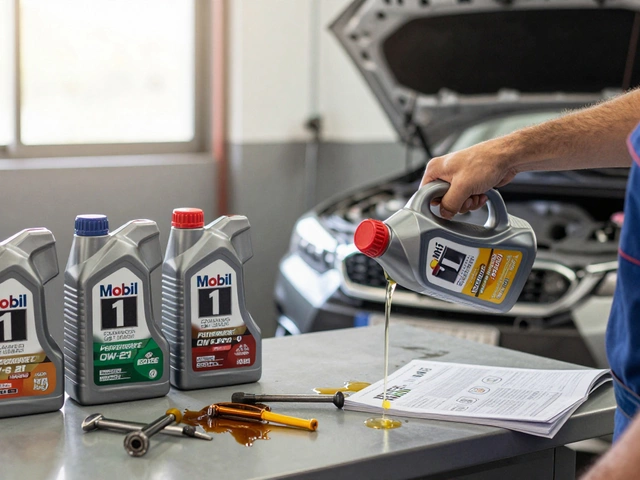
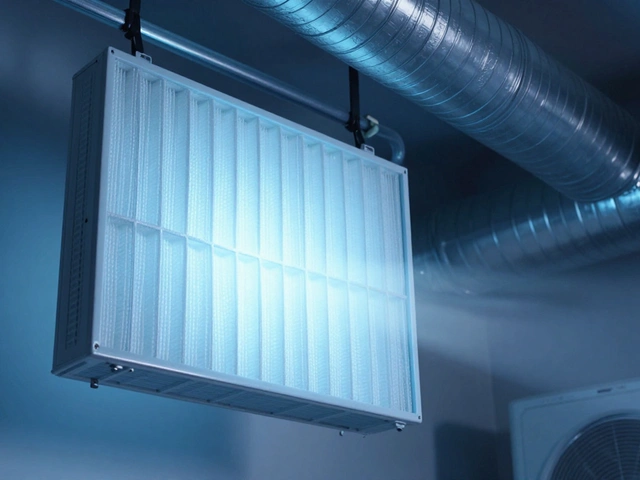
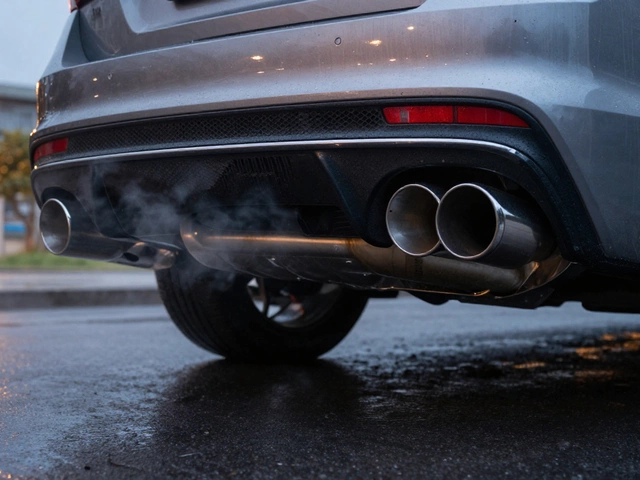


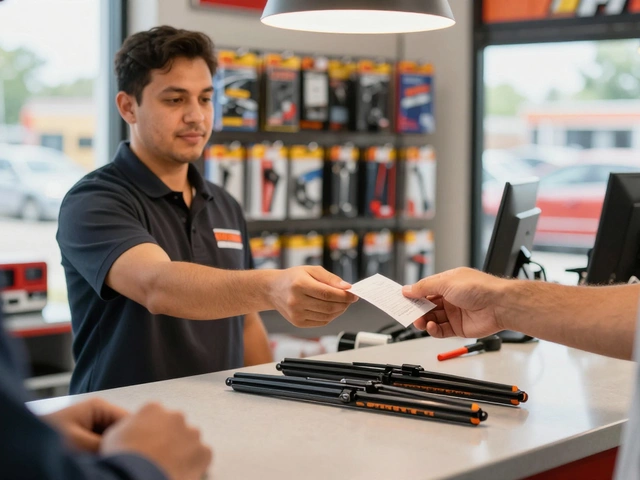
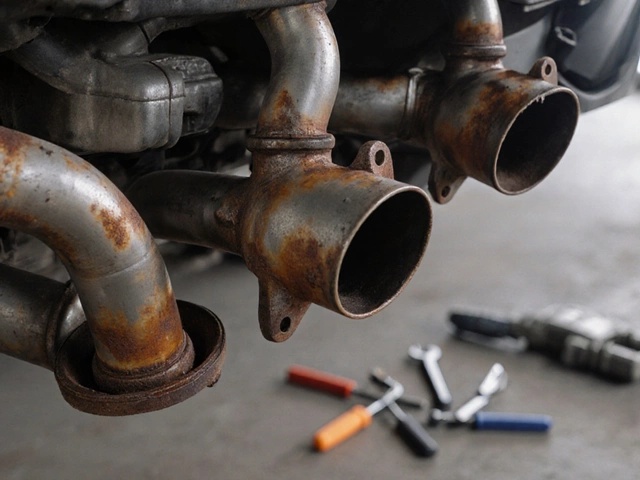

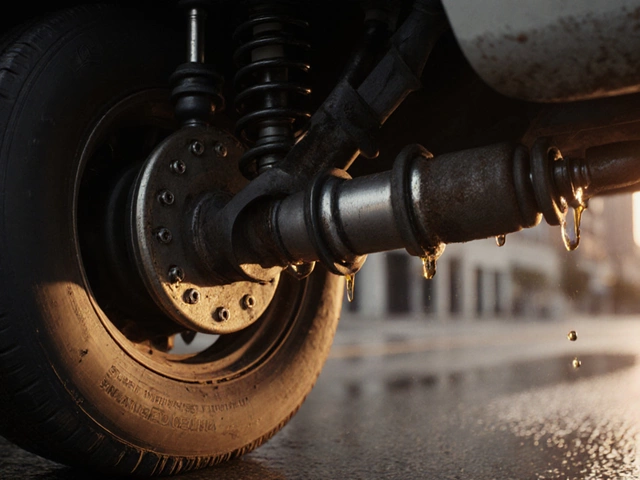
Write a comment